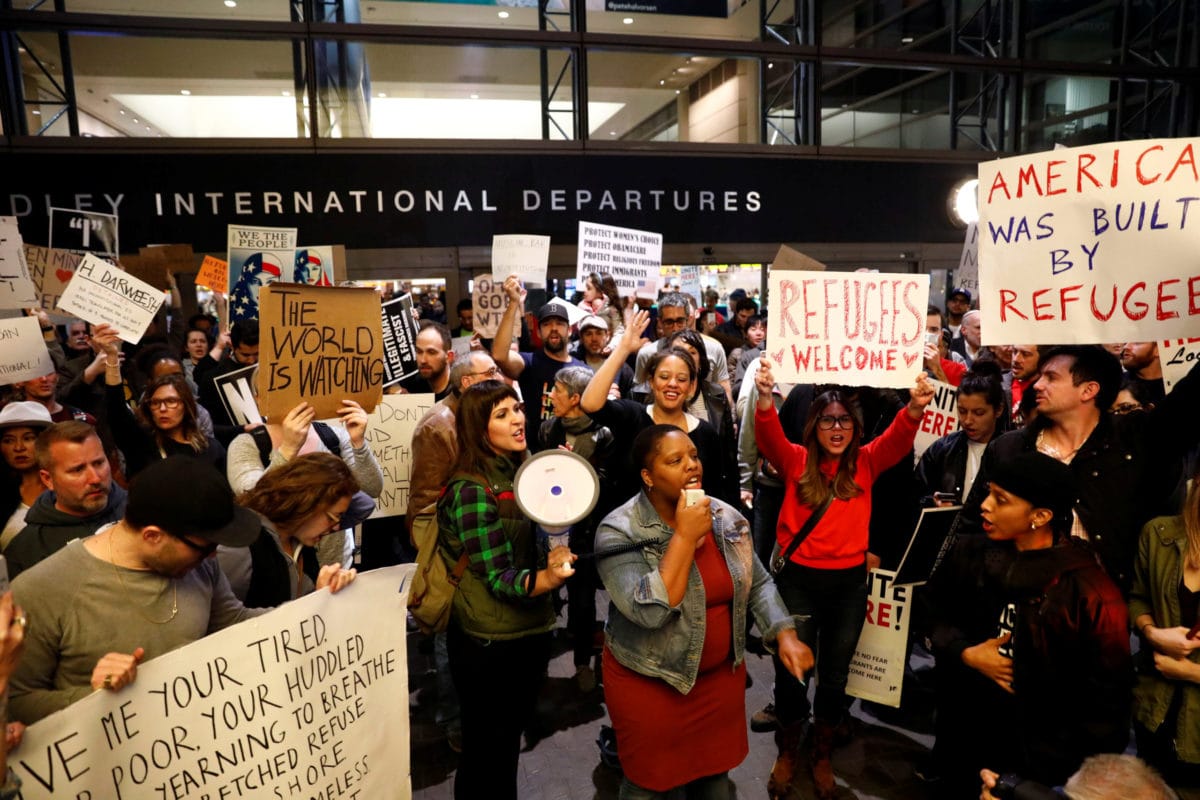The Muslim Ban and Trump's War on Immigration
Trump's war on immigration from the Middle East, enacted through multiple executive orders and proclamations since January 2017, is collectively known as the Muslim ban. Eventually approved by the Supreme Court, it hit the Yemeni community particularly hard with overwhelming costs and other hurdles








